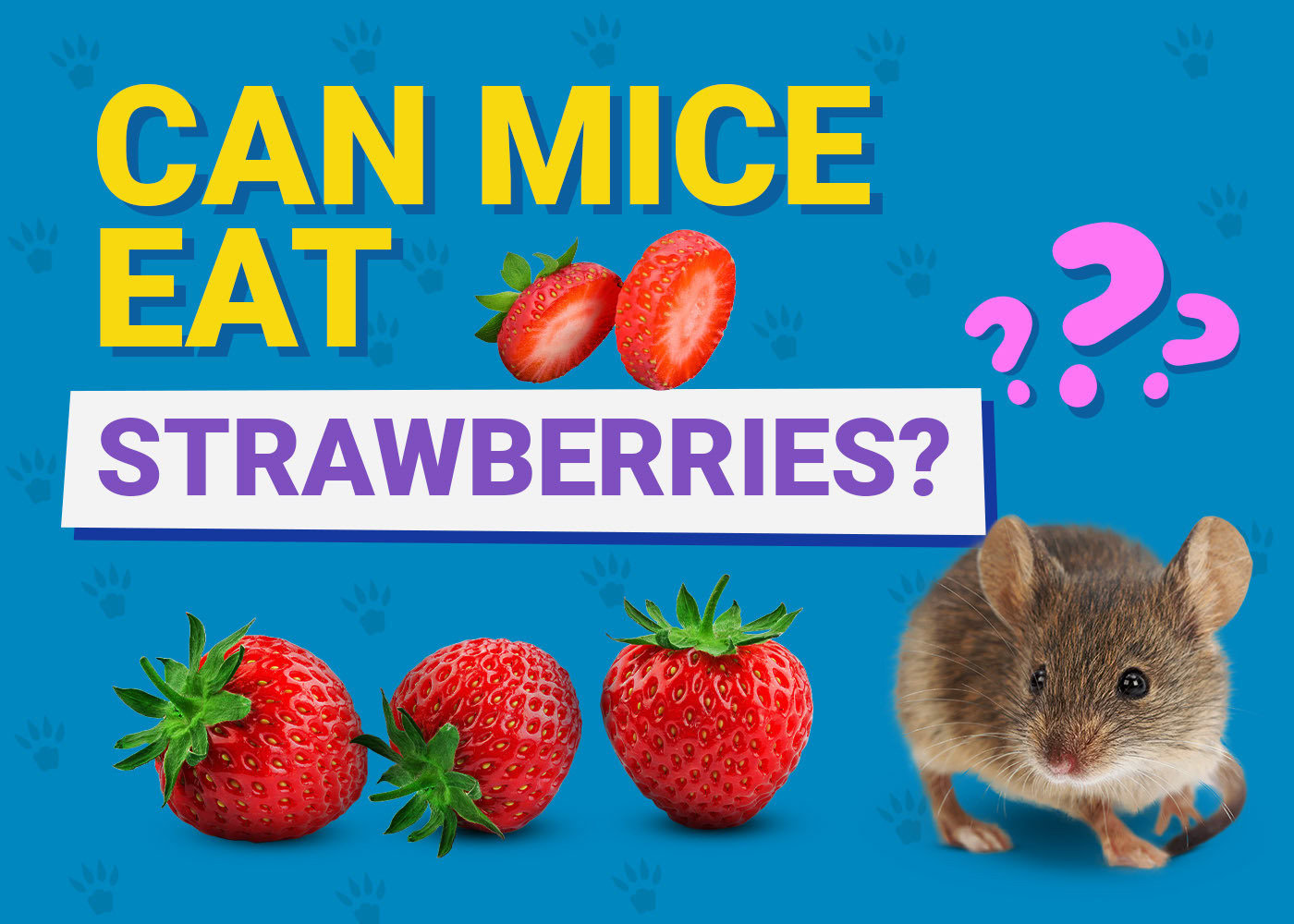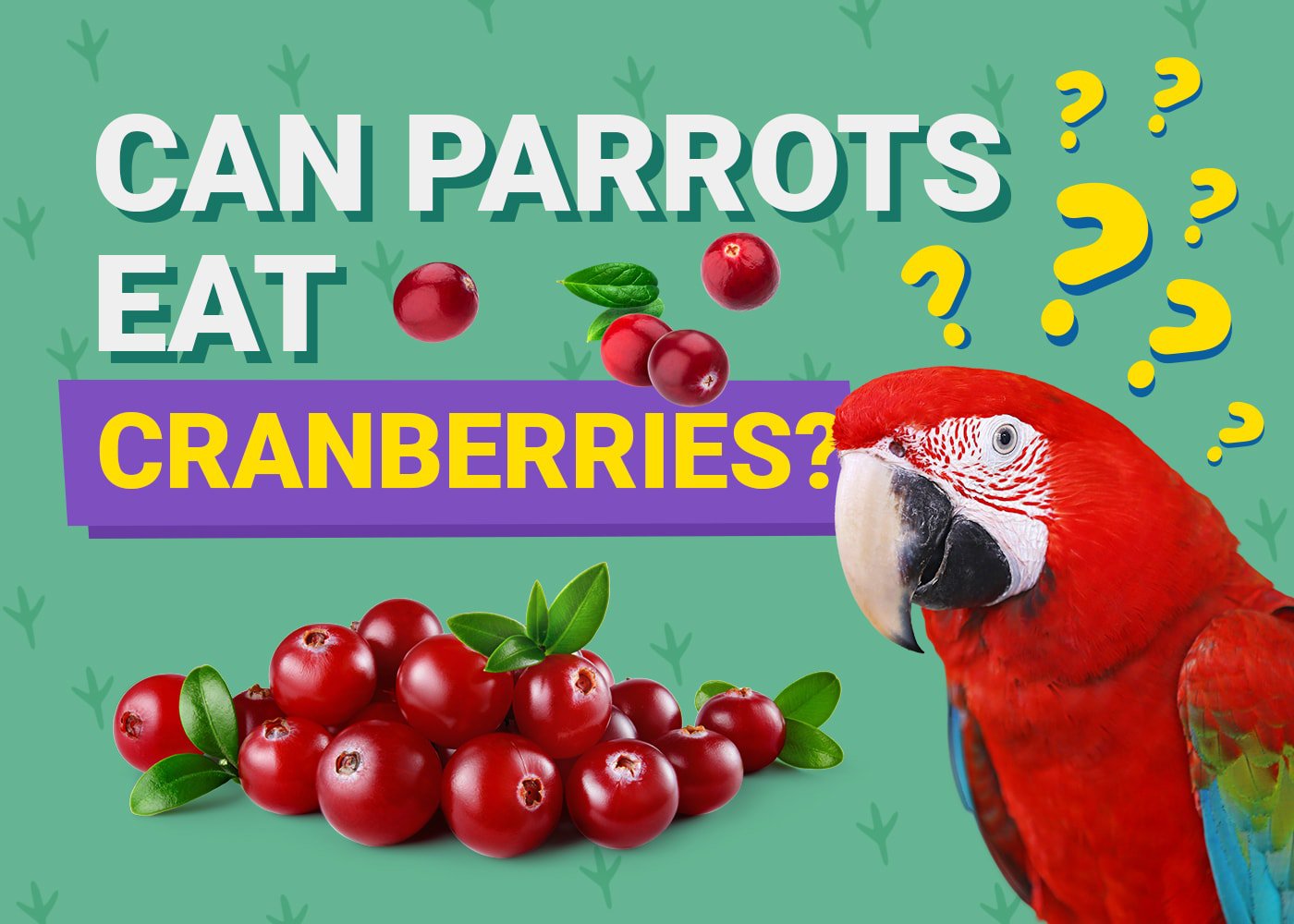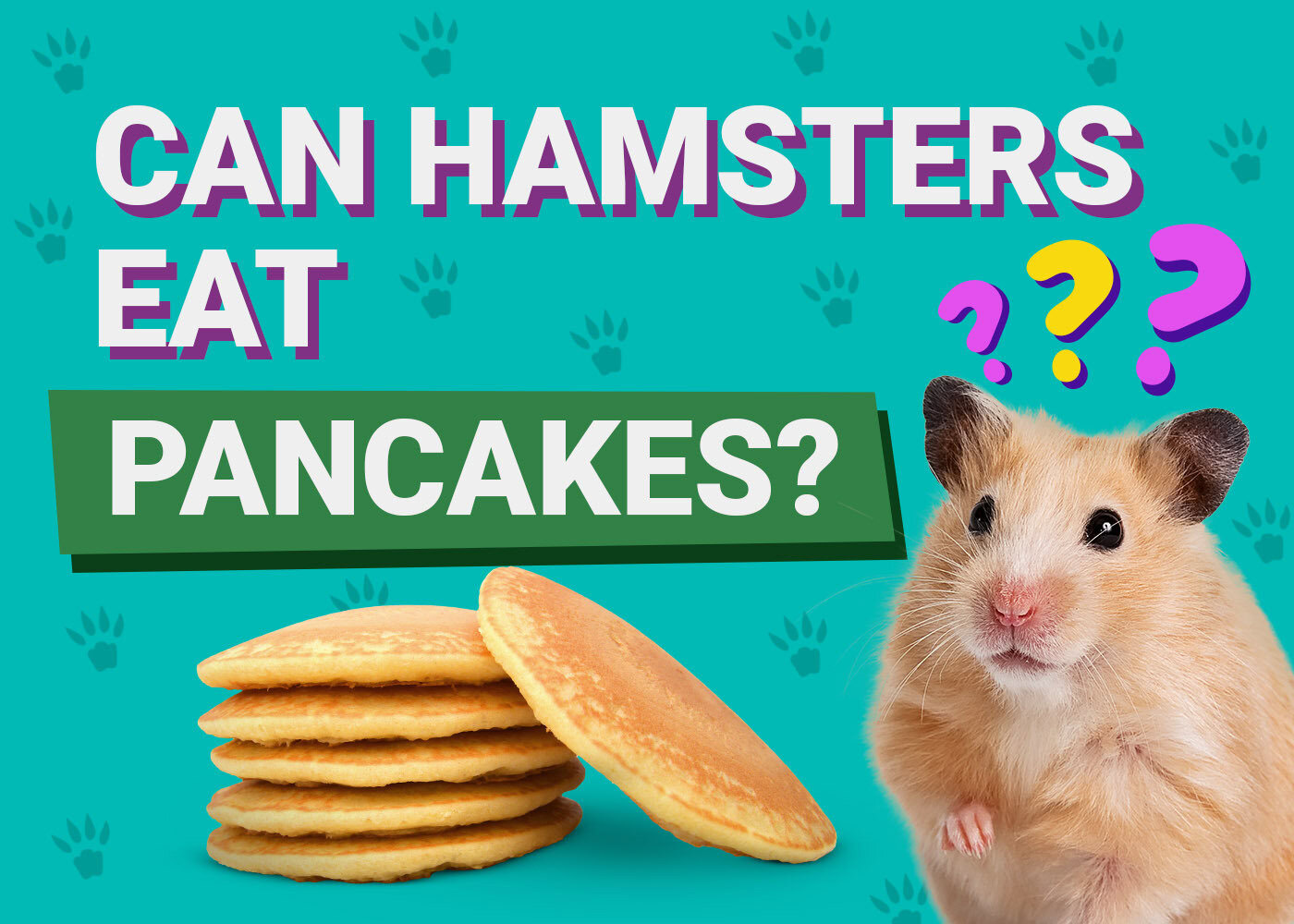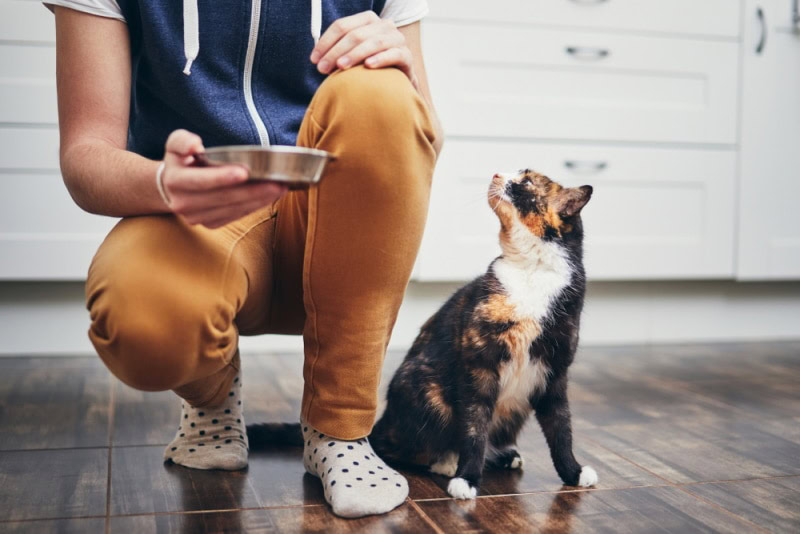VET APPROVED

The information is current and up-to-date in accordance with the latest veterinarian research.
Learn more »Click to Skip Ahead
Mice are omnivores and eat a variety of plant and animal materials. Your pet mouse’s main food is species-appropriate pellets from the pet store, but you’ve heard that mice also like strawberries. You wonder, “Are strawberries safe for my furry little friend to eat? Are there other fruits and vegetables can I feed that are safe for mice?”
The short answer is, yes, mice can eat strawberries!
We’re here to help answer these questions, so read on to learn more about what foods are safe for your mouse and what foods you should avoid.

Can Mice Eat Strawberries?
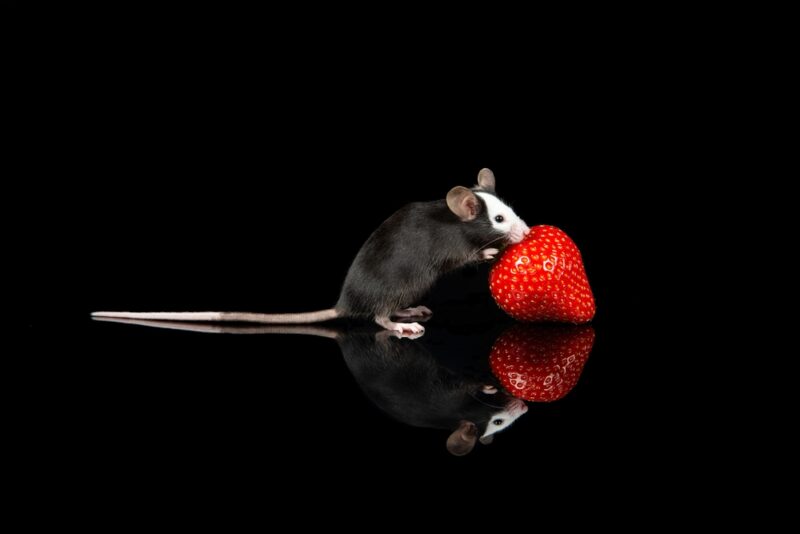
The short answer is, yes, mice can eat strawberries. Wild mice run across a wide variety of fruits, vegetables, and meats as they wander through the world.
For pet mice, you’ll need to prepare the strawberry for your pet. Rinse the strawberry thoroughly, remove the stalk, and cut it up into smaller pieces before putting it into your mouse habitat.
Though a strawberry may seem small to us, they’re exceptionally large for a mouse. On average, an adult mouse will eat 3–5 grams of food and will drink 3–5 mL of water daily. Comparatively, a small strawberry often weighs around 5–7 grams! This puts things in perspective given how fruits should not be the main source of nutrition for your pet mouse; a mouse would only need 0.5–1 gram of fruit a day at most.
Strawberries are well known for their vitamin C content when it comes to our diet as humans. This is because vitamin C is essential for us (our bodies cannot make this vitamin on their own). Mice, like many other pets and animals, are able to make their own vitamin C. As such, this benefit is mostly negligible for a pet mouse.
Like all fruits, the sweetness of a strawberry is due to the naturally occurring sugars present in the strawberry. Excess sugars are definitely not desirable in a pet mouse’s diet. Nonetheless, it is worth noting that strawberries are quite low in sugar when compared to the vast majority of other fruits you may find at your local grocery store.
Though touted for their antioxidants, it is interesting to note that antioxidants can exacerbate health issues in mice, such as certain tumors.1 As such, it’s best to ensure your mouse is free of underlying health issues before incorporating strawberries (or any other human food) into their diet. Naturally, ascertaining your pet mouse’s health status would require input from your veterinarian.
What Other Food Can Mice Eat?
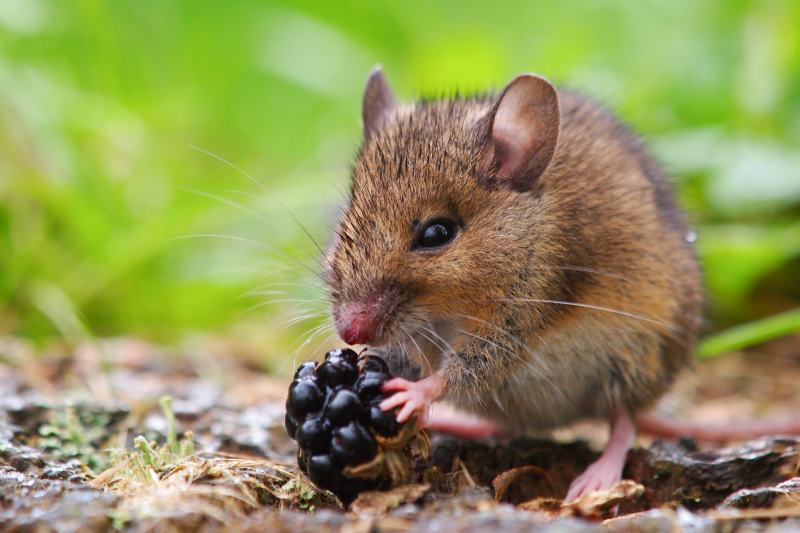
You’re giving your mouse the recommended pellet food containing mealworms recommended by your vet or the local pet store, but you’ll want to supplement your pet’s diet to make sure they’re getting all the necessary nutrients they need to stay healthy. Supplemental food also offers your mice enrichment. As such, though a pellet may indeed be sufficient as a baseline staple for pet mice, you should still consider adding healthy, safe foods to their diet.
Mice are natural foragers, and they eat a wide variety of food in the wild, so you’ll be able to supplement your pet’s diet easily from your own refrigerator.
- Bananas
- Blueberries
- Blackberries and raspberries
- Apples (without the seeds)
- Celery
- Carrots (the tops are actually better than the fruit itself)
- Peas
- Broccoli
- Parsley
Remember to feed these foods in moderation to your mouse to avoid gastrointestinal upset. A varied diet will make sure your pet has the nutrients they require to live a healthy life. We would also like to reiterate that we strongly encourage reaching out to your veterinarian prior to incorporating any of the foods mentioned above into your pet mouse’s diet.
What Foods Should Mice Not Eat?
We’ve spent some time discussing all the delicious fruits and vegetables that you can feed your mouse to supplement its diet, but what about foods that should be avoided?
- Cheese is not a good idea to feed your mouse as it has no nutritional benefit. Your mouse might even become ill after eating it (most adult mice are lactose intolerant!) so it’s best to leave the cheese to the mice in cartoons.
- Grapes and raisins are poisonous to mice and should not be a part of their diet at any time. They will become very ill and may even die, so make sure to keep grapes and raisins out of their reach.
- Rhubarb and its leaves are also poisonous to mice. As such, it shouldn’t be offered to them.
- Lettuce is also a food to avoid feeding your mouse as it will likely cause diarrhea.
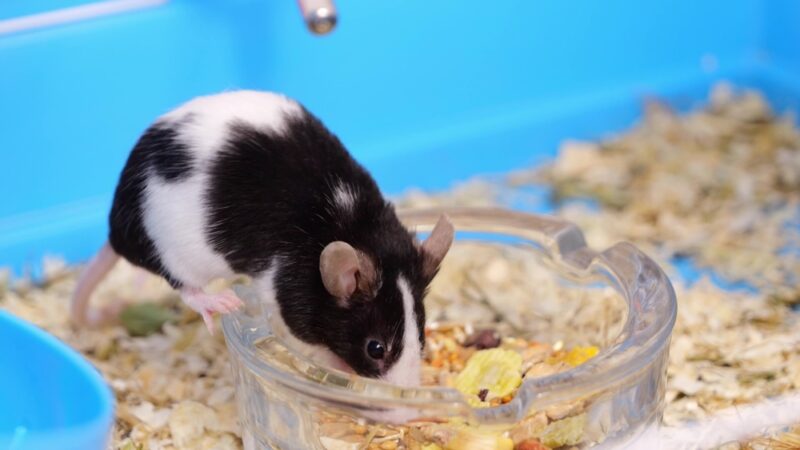
What Kind of Pellets Are Best?
There are a variety of pellets available on the market and it’s tough to know which are the best for your pet with so many choices out there.
You can place their pellets and other food in a ceramic bowl. You can also appeal to your pet’s instincts and spread any food and teats you give them throughout their habitat. Mice are natural foragers and will enjoy digging through their bedding to find their food and it has the bonus of battling boredom.

Conclusion
Pet mice can eat a wide variety of fruits and vegetables, including strawberries! Apples, blueberries, parsley, carrots, and broccoli are just some of the foods you can give your mouse to ensure they receive a well-rounded diet. You should avoid giving your mouse grapes, raisins, cheese, and lettuce as these can all cause serious health issues in your pet.
A good rodent pellet is essential to ensure your pet gets the right amount of protein. Drop your pet’s daily food allowance throughout their enclosure so they can forage for their meal, just as they do in the wild. A healthy diet for your pet mouse is essential for a happy pet and it never hurts to give them a small portion of a tiny strawberry now and then.
Featured Image Credit: LankaP, Shutterstock
